Violet DS-Raisin: variety features and cultivation
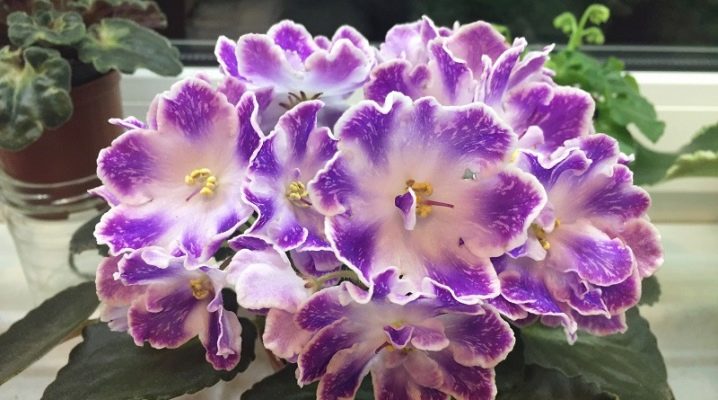
Violets are one of the most popular flowers in mass horticulture. There are many varieties of this plant. However, each variety must be approached separately.
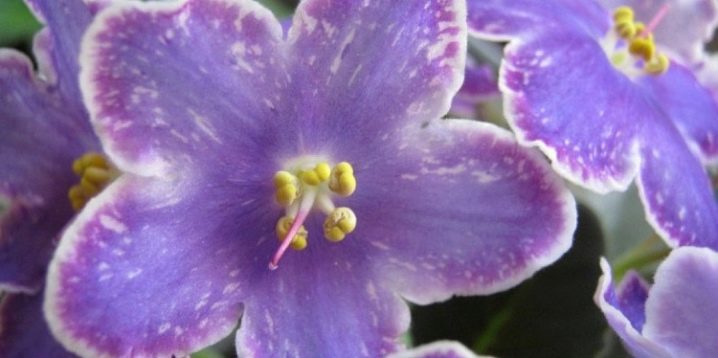
Description
Violet DS-Raisin is used very widely and therefore it is extremely important for all novice gardeners to know what is the specificity of this variety. This variety is a saintpaulia, which, in fact, is not a violet, but due to the fact that the name "violet" is more familiar to this flower, we will further use this word. This subspecies of Saintpaulia is covered with lavender flowers during flowering. They occasionally have white inclusions that can occupy different areas. The petals of the Raisin are slightly corrugated and have a rather wide white border.
The outer border of the border is a narrow crimson stripe. DS-Raisin has an always neat looking rosette growing compactly. The color of the foliage is an unexpressed green. The leaves themselves are relatively small. But in order to realize the potential of the described variety, it is necessary to use it correctly.
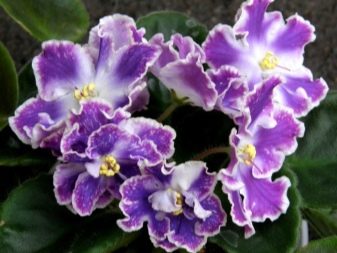
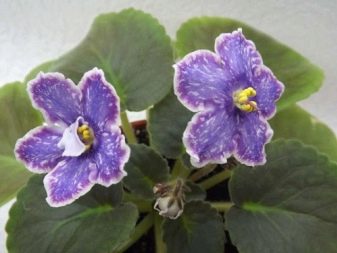
Accommodation conditions
Consider some of the conditions for keeping a flower indoors.
Placement and lighting
Saintpaulias are among the group of plants that require moderate illumination. They are contraindicated as excessive brightness of light, and its lack. Places where drafts can occur are categorically unacceptable. Qualified florists allocate space for "Izium" on the eastern side of the room. There the morning sun will fall on him; they allow you to provide the required level of insolation, but at the same time do not cause harm.
It so happens that in a certain room it is impossible to put a pot in a certain place. Then you need to take care of maximum protection against burns. For this purpose, use:
- curtains;
- light curtains;
- blinds.
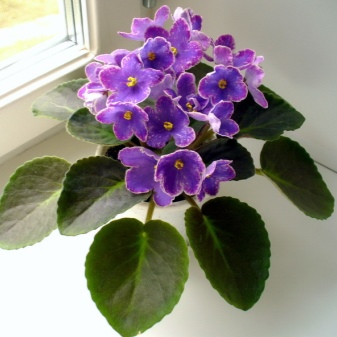
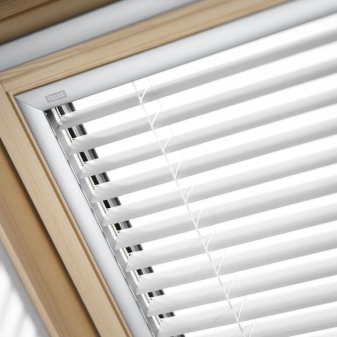
Lack of illumination affects the violet no better than its excess. The solution to the problem is to use artificial lighting. The best option is the so-called phytolamps, which are turned on for 10 or 12 hours every day. Important: when selecting phytolamps, their spectrum must be taken into account. In addition, you should pay attention to how much they warm up and dry out the air. In winter, fluorescent lamps are used to compensate for the lack of light. They are turned off once an hour for 10 minutes so as not to expose the violet excessively. It is quite possible to put "Raisin" on the windowsill. But it is better not to do this if there are very severe frosts. As a last resort, culture is put on the table.
Drafts are very badly reflected on the condition of the violets. This must always be taken into account when choosing a place for growing them.
Some growers value symmetrical bushes most of all. This can be achieved by unrolling the flowerpot from time to time. Then a uniform hit of light will completely solve the problem.

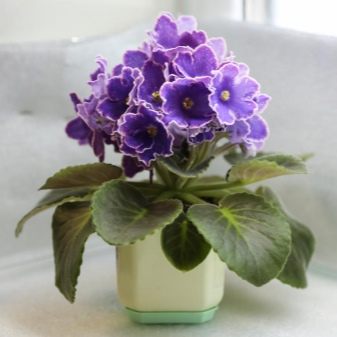
Temperature and humidity
The best conditions for the Raisin violets are created at an air temperature of 18-24 degrees Celsius. In summer, a range of 20 to 25 degrees is recommended. The exception is actively developing young specimens - they require a minimum of 26-28 degrees. Lower temperatures are allowed in winter. But it is still undesirable to cool the air below +18 degrees. In addition to general values, it is important to remember about temperature drops during the day. Sometimes they can destroy the plant, even if everything is okay in general. The difference between warming up the air during the day and at night should not exceed 2-3 degrees.If there are sudden changes in temperature, but the plant survives, the leaves may suffer. Sometimes the normal flowering is disrupted.
DS-Raisins are also demanding on air humidity. The best level is 50%. A spray bottle is used to maintain optimal humidity in the environment. However, spraying moisture directly onto the bush itself would be a gross mistake. It is necessary to spray water only over the plant, otherwise fungus may appear.

Landing
Most often, success is achieved if the plant is planted in small pots. Their diameter ranges from 5 to 7 cm. But planting Saintpaulias in the largest containers will look ugly. Moreover, the flower, instead of forming ovaries, will begin to master the available space. Waiting for a beautiful bloom will not work right away.
Some growers, of course, want to enjoy the sight of a large bush. However, the appearance of flowers will then have to be at least 2 years. In addition, the proximity of the roots to the soil imposes restrictions on the depth of the pots used. With regard to the material of the containers, the best results are shown by plastic pots and ceramic containers. The undoubted advantages of plastic are:
- relative cheapness;
- flexibility (resistance to breaking load);
- long time of use.
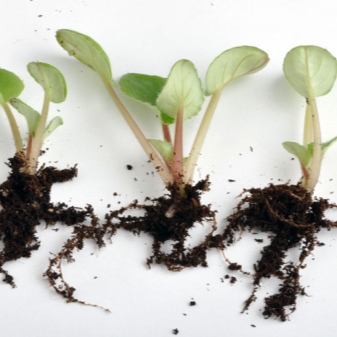
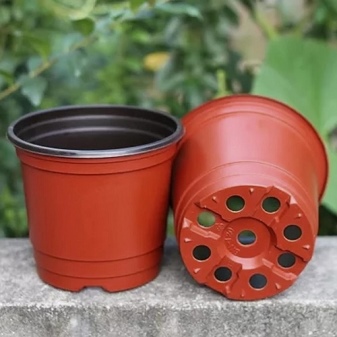
But the problem is that the root system cannot breathe through the plastic. Therefore, it is possible to grow violets only in plastic containers with a special kind of ribbed pallet. It provides drainage passages, which will simultaneously play the role of ventilation. Glazed products are often chosen for their beauty. But their main disadvantages are the same; simple ceramics are best.
What's in the pot is equally important. Experts advise either to purchase flower soil in specialized trading companies, or to prepare it yourself. If for some reason the composition made at the factory does not suit you, you need to lay out the lower third of the container with drainage material. In this capacity, they use:
- screening out bricks;
- charcoal;
- crushed expanded clay.
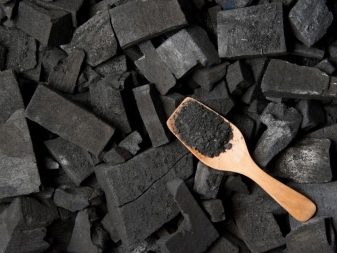
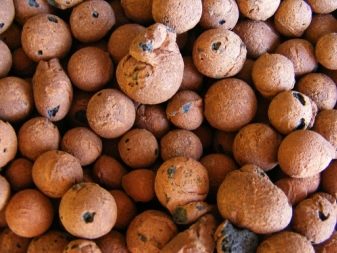
Next comes the turn of the main soil layer. It must be at the same time:
- nutritious;
- light in structure and weight;
- perfectly permeable to air.
The best option for a home-made soil mixture for violets involves mixing turf soil with simple garden soil, with rotted manure and vermicompost. But it's also a good idea to add leafy humus there. The ratio between the components is 1: 1. For softening and loosening, add light garden soil, peat or sphagnum. But some experts advise using quartz sand.
The choice between the options for baking powder is at the discretion of the growers.
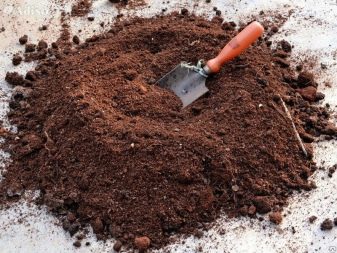
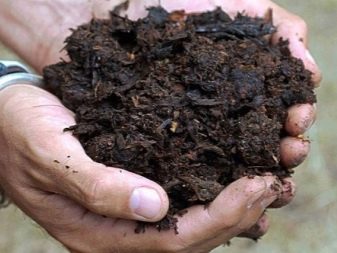
Reproduction
Sooner or later, everyone is faced with the need to get several plants from one "Raisin" bush. The procedure is very simple:
- cut off a leaf from the desired bush;
- put it in a container with water;
- waiting for the roots to appear;
- move young growth into a pot of soil;
- cover the shoots from above with a glass jar (you get an imitation of a greenhouse).
The logical question is whether it is possible to propagate varietal violets by seeds. It is quite possible to grow them in this way. However, one cannot predict whether the quality will be preserved. And the process is not that interesting either.
Therefore, the seed breeding of DS-Raisins should be left to breeders and other professionals.
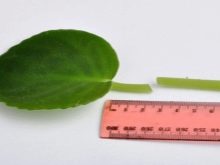

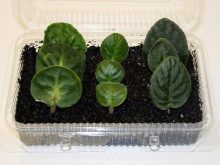
Care
Sometimes the violet does not give flowers for a long time. In this case, its leaves are cut off. Then the plant is moved to a cool corner, where the temperature is about 15 degrees Celsius. In this mode, it should be kept for approximately 24 hours. As a result, new buds should appear, but if this does not happen, the plant is practically hopeless.
It is impossible to make a flower even and fairly symmetrical without shaping. The rosette is normally formed from leaves distributed over 3 rows.When too much foliage is collected in the middle, instead of forming the right way, DS-Raisins will grow in all directions. The primary task is to get rid of yellowed and diseased leaves. They are separated from the stem of the violet, held between the thumb and forefinger, and then pressed lightly on the base and make gentle twisting movements.
It so happens that the cleaned trunk becomes naked and looks somehow ugly. The solution to the problem is very simple: you just need to bury the plant in the ground. Normally, the violet should bloom from March to May, producing 6 to 9 flowers per cluster. In some cases, pale crimson fragments are located between the blue and white areas. If something is not as described, then the plant needs treatment.
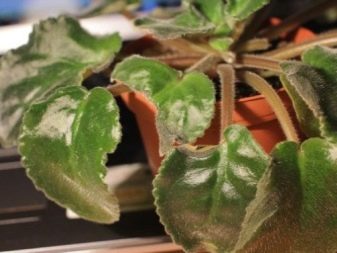

Top dressing
To feed adult violets, phosphorus-based fertilizers are used. Fertilizers are also used when working with newly planted shoots. Top dressing and fertilizing mixtures are applied during active development - from the beginning of March to the end of summer. It is recommended to use not solid, but liquid products that are applied to wet soil.
Attention: it is absolutely impossible to deviate from the instructions for a specific composition.


Watering
As already mentioned, excessively high humidity for violets is contraindicated. The optimal irrigation regime is moderate, and only settled tap water should be used. The use of rain and melt water is allowed. However, you cannot water the plants with water collected from an iron roof or precipitation that has fallen in an ecologically unfavorable area. Usually water is used at room temperature, but if the weather is cool, you can warm the water a little.
Experts advise to irrigate DS-Raisins weekly in winter. In summer, the minimum frequency of watering is once every 3 days. There are no strict standards for the amount of water. The correct guideline will be soil moisture (bad and too high humidity, and desiccation). When 30 minutes have passed after watering, it is necessary to pour out all the water from the sump - then stagnation will be excluded.
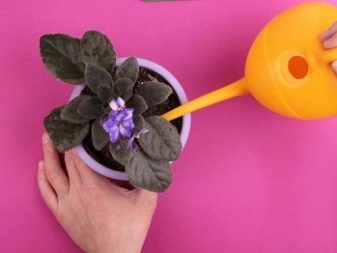
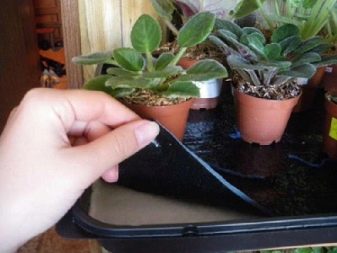
Since violets do not tolerate watering at the root well, as well as the ingress of liquid on the trunk and leaves itself, alternative solutions must be applied:
- drip irrigation;
- humidification through the pallet;
- short-term "bathing" of the pot.
In the next video, you will find an overview of the DS-Raisin violets.































The comment was sent successfully.